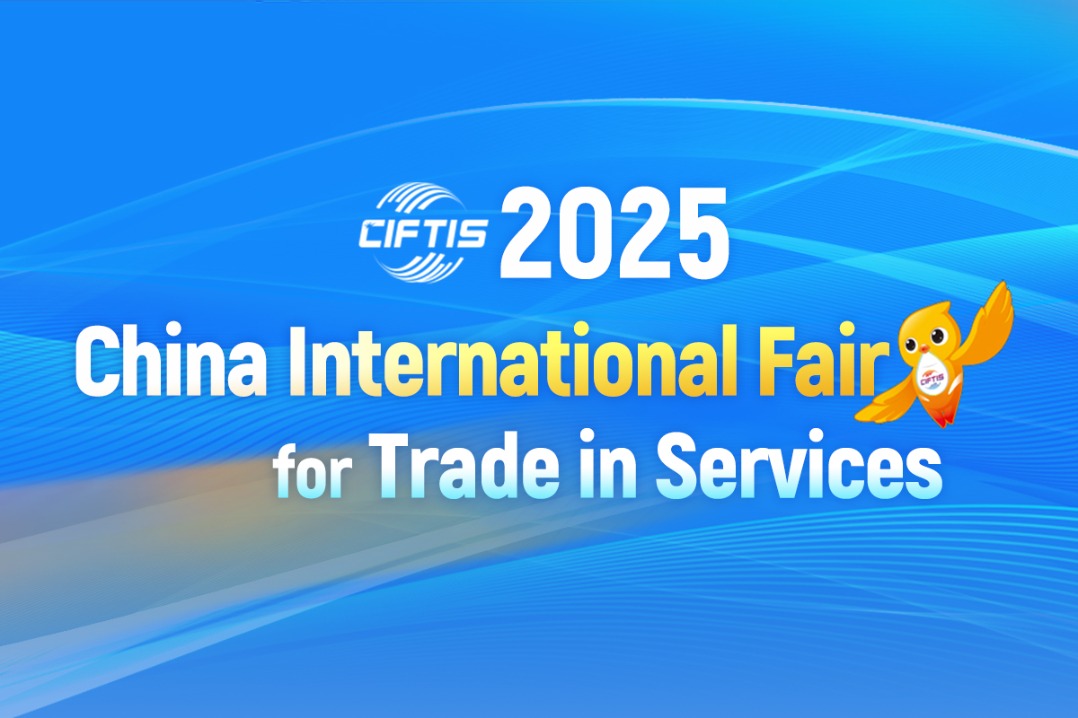A change in macro policy tone for the year ahead

The Central Economic Work Conference in December outlined the Chinese government's key economic objectives and policy directions for 2017. The overall message that "stability is the main theme", from "development is the number one task" a year ago, suggests more emphasis on reducing financial risks and less on ensuring growth is at least 6.5 percent. That is in recognition that China's credit growth - almost 17 percent in 2016 - is unsustainable.
The 2016 conference put more emphasis on "financial risk control and prevention" and the "need to curb asset bubbles" than the previous year's and considered that "reducing corporate leverage while controlling overall leverage is the top priority". The government plans more "market-oriented" debt-equity swaps. But that cannot be the main way to lower corporate debt given that these swaps tend to be financially unattractive for Chinese banks, and the government has an incentive not to weaken the banks' balance sheets too much. Therefore, containing new credit extension will have to be the key pillar.
It is thus more likely that the government will set the GDP growth target for 2017 lower than the 6.5-7 percent for 2016 and/or will interpret the growth target less strictly. However, in light of the 19th National Congress of the Communist Party of China in autumn, a drastic change of course is unlikely this year. We (at Oxford Economics) project 6.3 percent GDP growth.
The conference concluded that fiscal policy should be "more proactive and effective" in 2017, from "more proactive" a year earlier. This confirms that, after having embarked on a more expansionary "official" fiscal policy (financed by government bond issuance) in 2016 in response to concerns about the limits of credit-based growth support, the policy will continue on that path this year. Nonetheless, much of the fiscal activity in China continues to be quasi-fiscal, financed by loans from the financial system.
Policymakers want to avoid high-profile measures such as reducing quota or imposing new restrictions, if possible. But, to bring outflows down to a level that is consistent with stable foreign exchange reserves, they may end up having to resort to such steps.
The conference suggested local measures to contain housing prices in large cities will be maintained, slowing real estate construction in 2017, while medium-sized cities have been asked to reduce stocks of unsold housing.
The author is head of Asia Economics at Oxford Economics.
(China Daily USA 01/11/2017 page1)






























